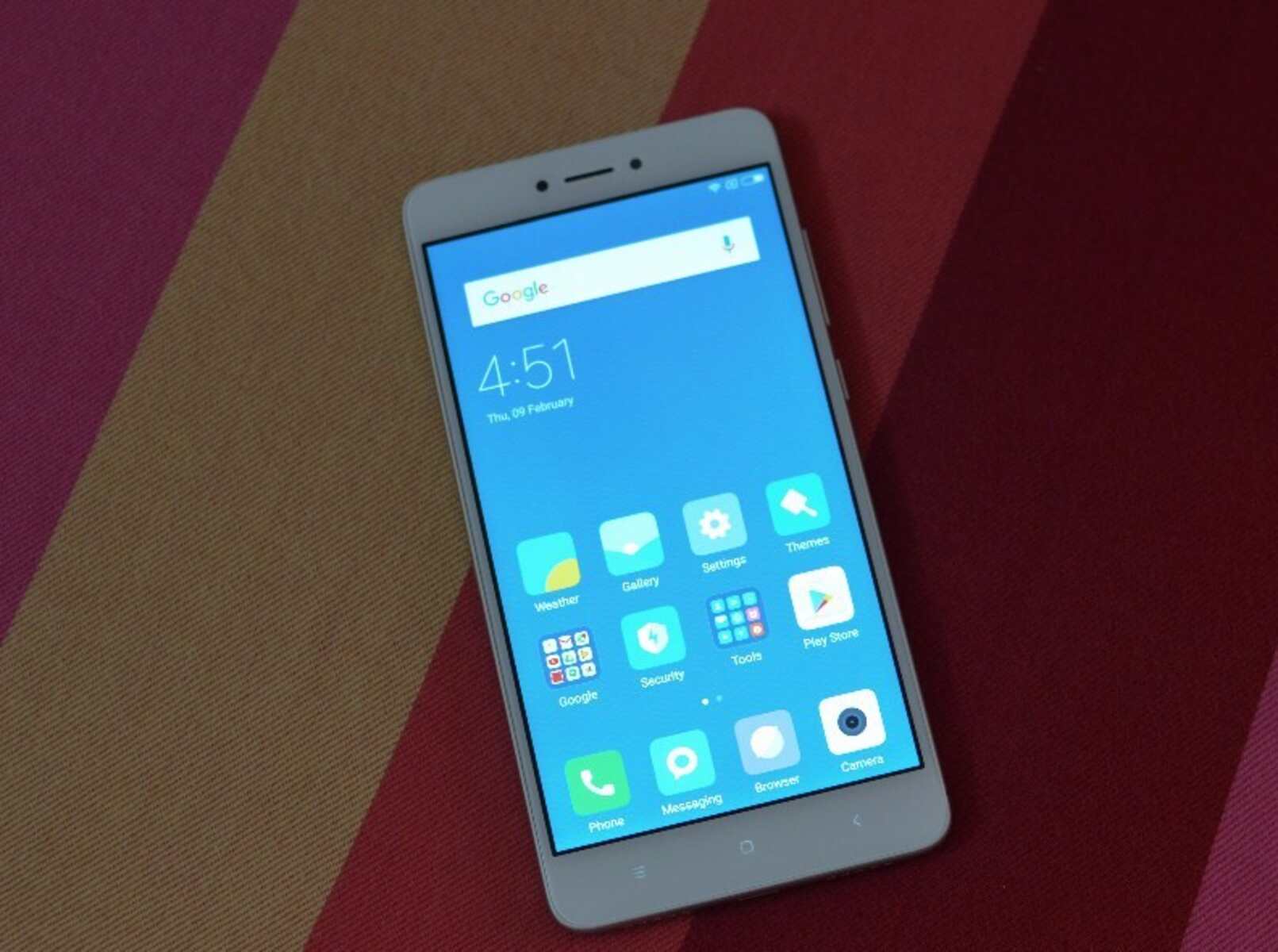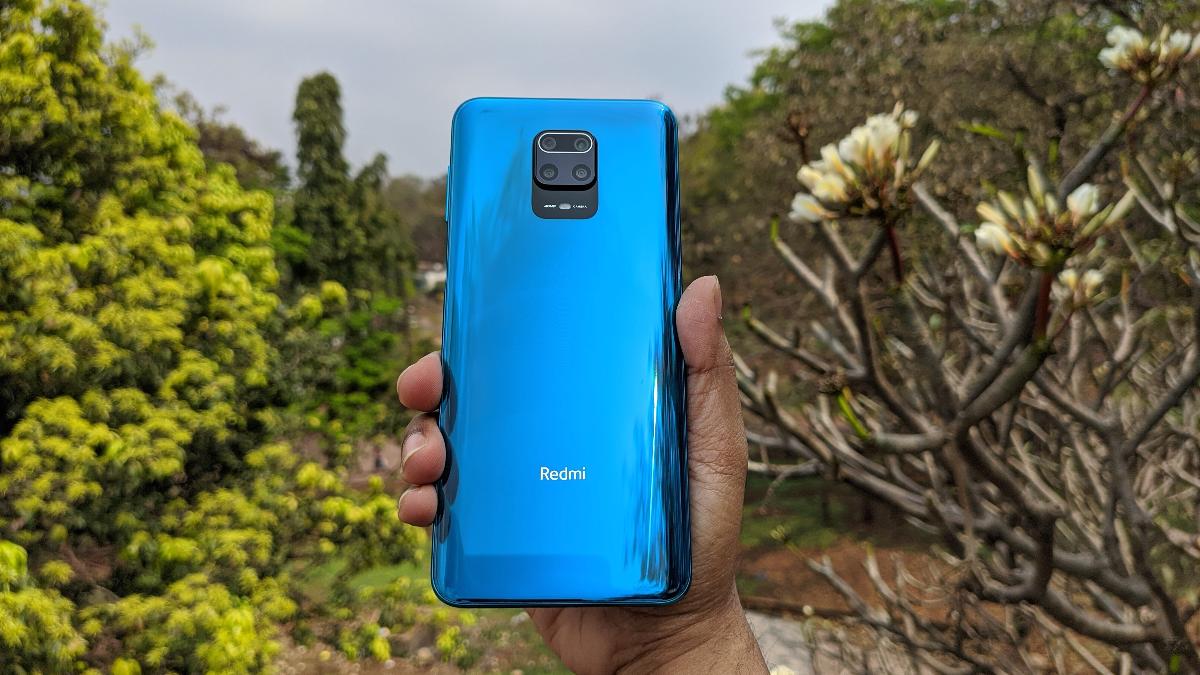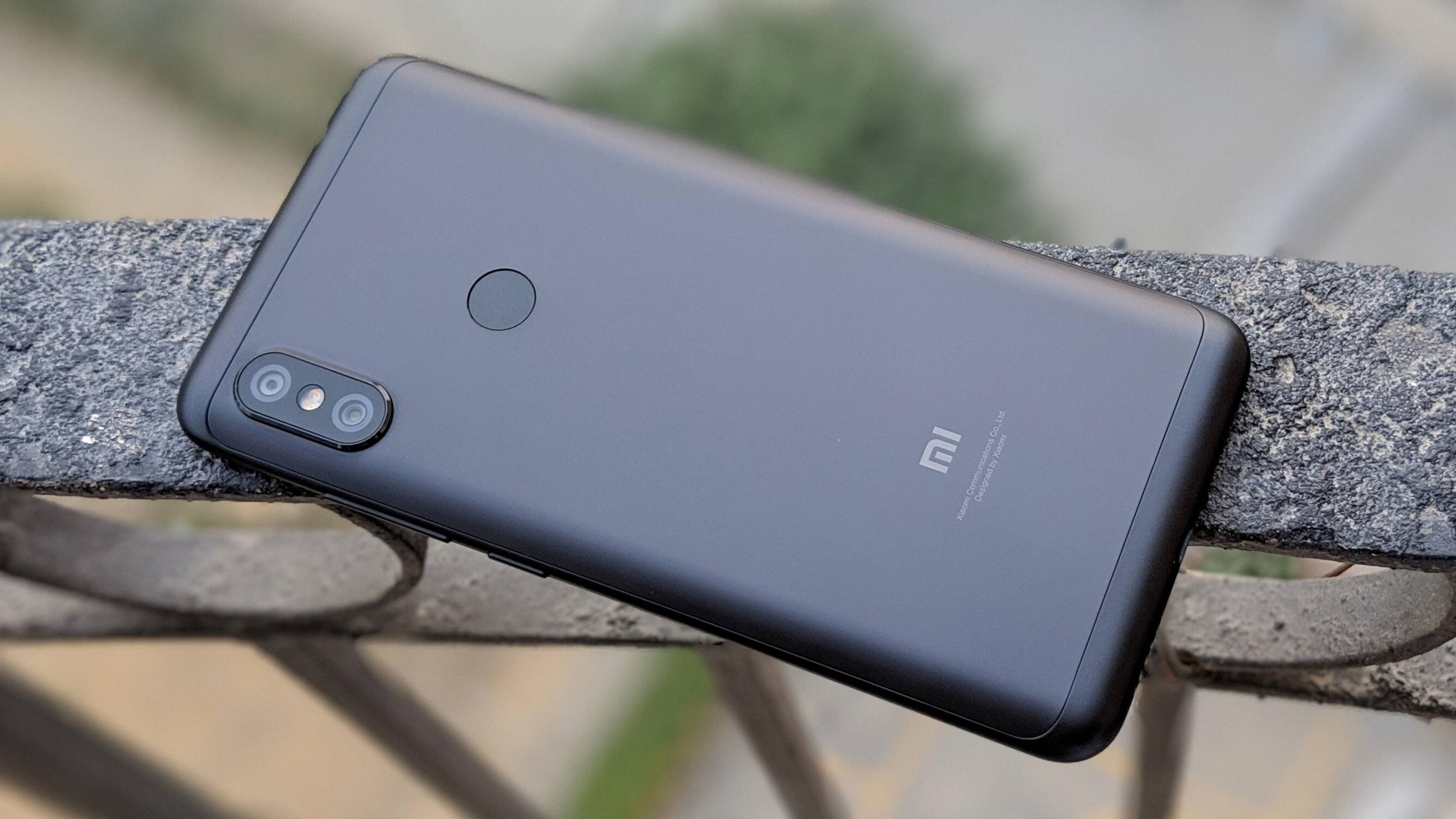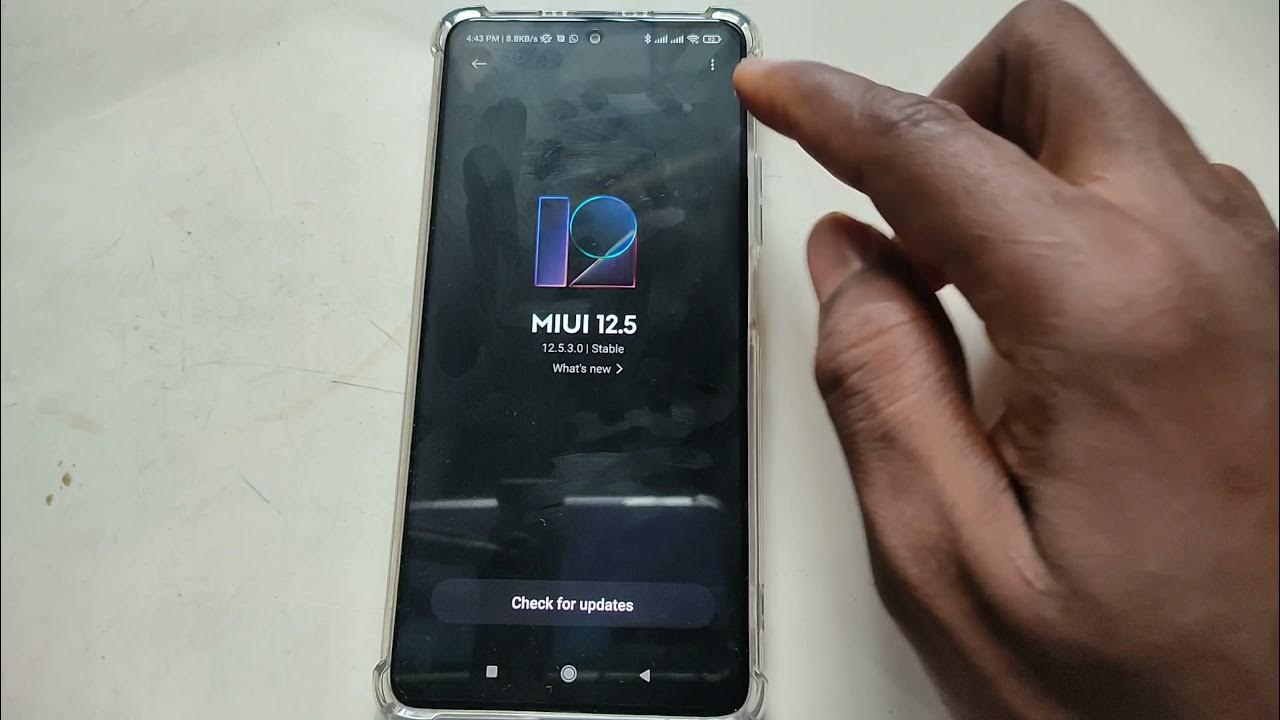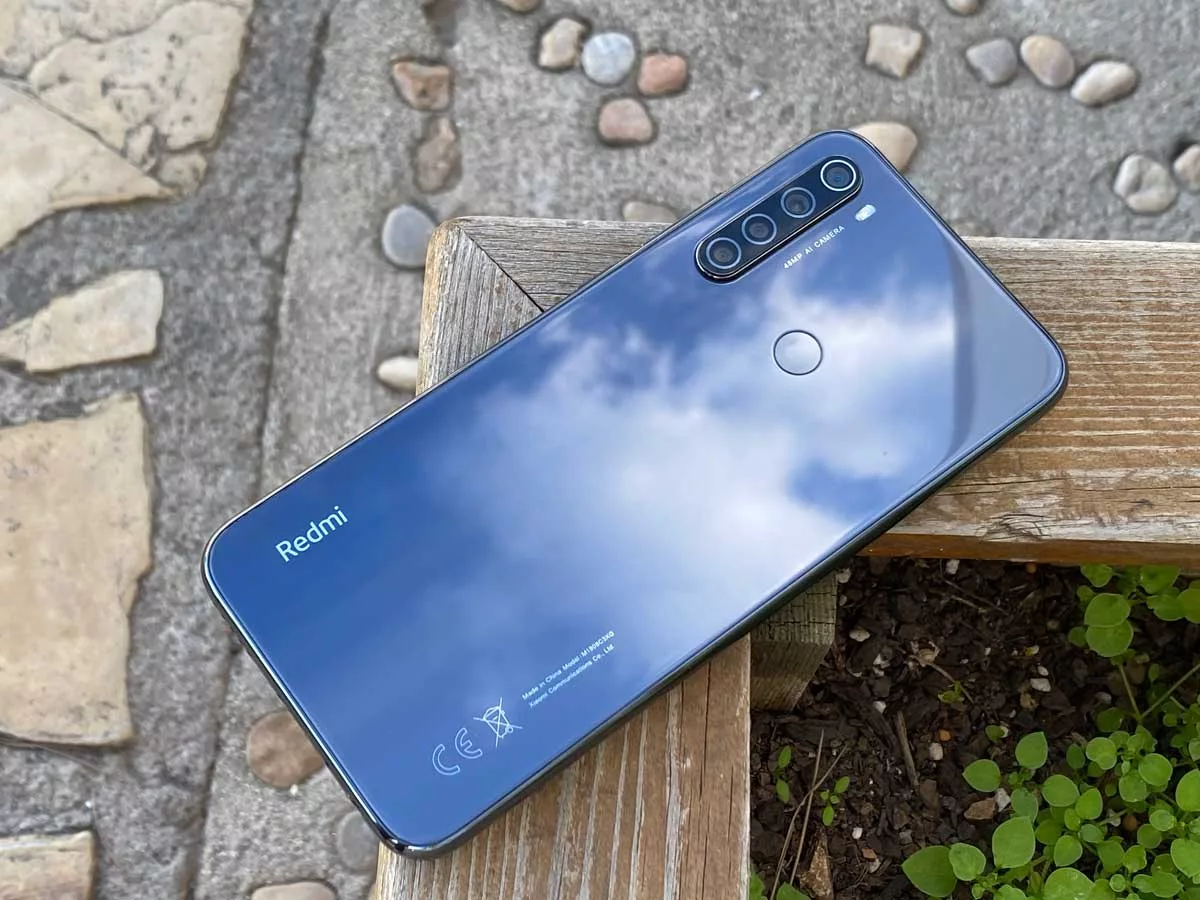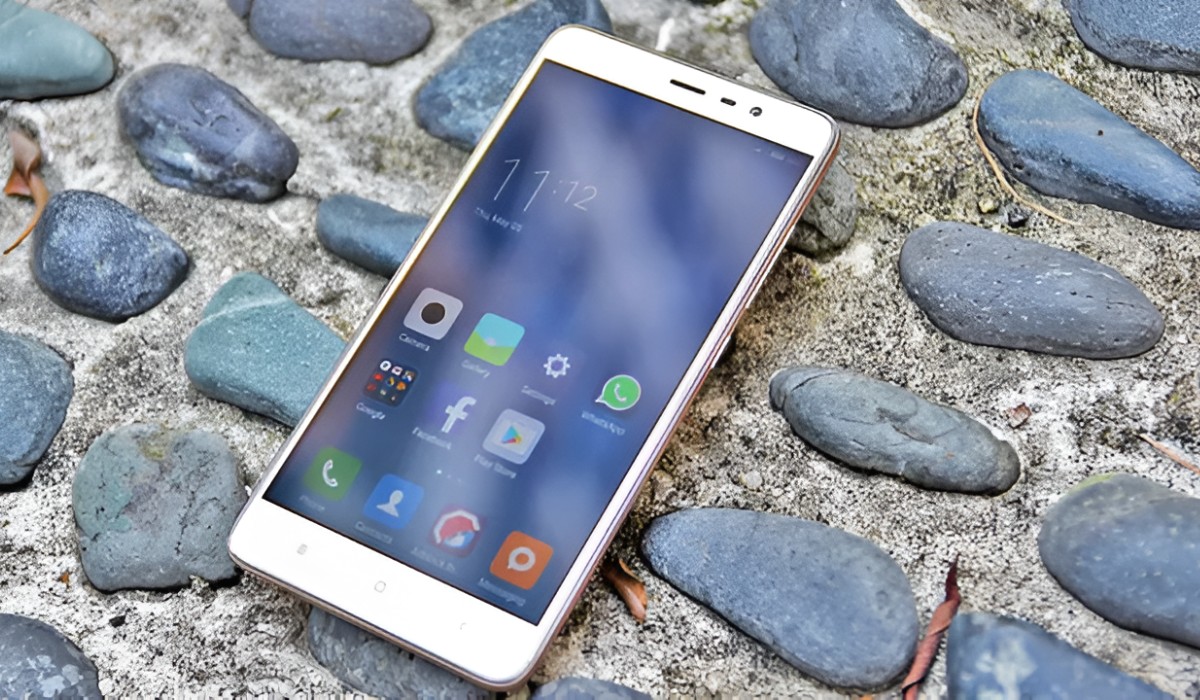Introduction
Experiencing an unexpected automatic shutdown on your Redmi phone can be frustrating and disruptive. Whether you rely on your device for work, communication, or entertainment, sudden power-offs can hinder your productivity and cause inconvenience. However, understanding the potential causes behind this issue and implementing effective troubleshooting steps can help you resolve the problem and restore your device's reliability.
In this comprehensive guide, we will delve into the common reasons for automatic shutdowns on Redmi phones and provide practical solutions to address these issues. By gaining insights into the underlying factors contributing to this problem, you will be better equipped to identify and resolve the specific issue affecting your device. From software updates and battery concerns to overheating problems and hardware malfunctions, we will explore each potential cause in detail, offering actionable steps to rectify the situation.
By the end of this guide, you will have a clear understanding of the steps you can take to troubleshoot and resolve automatic shutdown issues on your Redmi phone. Whether you are a tech enthusiast, a casual user, or someone encountering this problem for the first time, this guide aims to equip you with the knowledge and solutions needed to address this frustrating issue effectively. Let's embark on this journey to uncover the root causes of automatic shutdowns and empower you to regain control over your Redmi phone's performance.
Common Causes of Automatic Shutdown
Automatic shutdowns on Redmi phones can stem from various underlying factors, each of which can significantly impact the device's performance and user experience. Understanding these common causes is crucial in effectively troubleshooting and resolving the issue. Here are the primary factors that can lead to automatic shutdowns on Redmi phones:
-
Software Glitches: In some instances, software glitches or conflicts within the operating system can trigger automatic shutdowns. These glitches may arise from incompatible apps, outdated software, or corrupted system files, leading to instability and unexpected power-offs.
-
Battery Issues: A deteriorating or faulty battery can contribute to automatic shutdowns. Over time, the battery's capacity may diminish, resulting in inadequate power delivery to sustain the device's operation. Additionally, issues such as battery swelling or internal damage can prompt the phone to shut down unexpectedly.
-
Overheating Problems: Excessive heat buildup within the device can trigger automatic shutdowns as a protective measure. Overheating may occur due to prolonged usage, environmental factors, or hardware-related issues, prompting the phone to shut down to prevent damage or safety hazards.
-
Hardware Malfunctions: Faulty hardware components, such as the power management unit, motherboard, or other critical elements, can lead to automatic shutdowns. Hardware malfunctions may disrupt the device's power regulation and overall stability, resulting in unexpected power-offs.
By recognizing these common causes of automatic shutdowns on Redmi phones, you can gain valuable insights into the potential factors affecting your device's performance. This understanding sets the stage for implementing targeted troubleshooting steps to address the specific issue at hand. In the following sections, we will delve into practical solutions tailored to each of these common causes, empowering you to effectively resolve automatic shutdown issues and restore your Redmi phone's reliability and functionality.
Troubleshooting Steps
Resolving automatic shutdown issues on your Redmi phone requires a systematic approach to identify and address the underlying causes. By implementing targeted troubleshooting steps, you can effectively diagnose the problem and implement solutions tailored to the specific issue affecting your device. Here are the essential troubleshooting steps to guide you through the process of resolving automatic shutdowns on your Redmi phone:
-
Software Updates: Begin by ensuring that your device's software is up to date. Check for available system updates in the settings menu and install any pending updates. Software updates often include bug fixes, stability improvements, and optimizations that can address underlying software-related issues contributing to automatic shutdowns.
-
Battery Calibration: Calibrating the battery can help recalibrate the device's power management system and optimize battery performance. To calibrate the battery, fully charge your phone, then use it until the battery drains completely. Afterward, recharge the device to full capacity without interruption. This process can help synchronize the battery's reported capacity with its actual performance, potentially resolving erratic shutdowns caused by inaccurate battery readings.
-
App Management: Review the apps installed on your device and identify any that may be causing conflicts or instability. Uninstalling or disabling problematic apps can help mitigate software-related issues that lead to automatic shutdowns. Additionally, clearing the cache of individual apps or performing a system-wide cache clearance can alleviate performance bottlenecks and enhance system stability.
-
Temperature Monitoring: Keep an eye on your device's temperature, especially during resource-intensive tasks or prolonged usage. If your phone consistently reaches high temperatures before shutting down, consider reducing the workload or implementing measures to dissipate heat effectively. Avoid exposing the device to direct sunlight or extreme temperatures, as these factors can exacerbate overheating issues.
-
Hardware Inspection: Perform a visual inspection of the device's hardware components, paying attention to the battery, charging port, and physical integrity of the device. Ensure that the battery is not swollen or exhibiting signs of damage. If possible, seek professional assistance to assess and address any underlying hardware malfunctions contributing to automatic shutdowns.
By following these troubleshooting steps, you can systematically address the common causes of automatic shutdowns on your Redmi phone. Each step is designed to target specific factors that may be contributing to the issue, empowering you to identify and implement effective solutions tailored to your device's unique circumstances. Through a methodical approach and attention to detail, you can regain control over your device's performance and mitigate the disruptive impact of automatic shutdowns.
Software Updates
Ensuring that your Redmi phone's software is up to date is a fundamental step in troubleshooting automatic shutdown issues. Software updates play a crucial role in addressing underlying system glitches, enhancing stability, and optimizing the device's overall performance. By regularly checking for and installing available updates, you can leverage the latest improvements and bug fixes provided by the manufacturer.
When a Redmi phone experiences automatic shutdowns, outdated software or unresolved system issues may be contributing factors. Software updates often include patches and optimizations designed to rectify known issues, including those related to unexpected power-offs. By proactively installing these updates, you can potentially resolve software-related glitches that trigger automatic shutdowns, thereby enhancing the device's reliability and user experience.
To check for available software updates on your Redmi phone, navigate to the settings menu and locate the "System Updates" or "Software Update" section. Here, you can initiate a manual check for updates and follow the on-screen instructions to download and install any available patches or system upgrades. It is advisable to perform this check regularly to ensure that your device is running the latest software version provided by the manufacturer.
In addition to addressing specific issues, software updates often introduce performance optimizations and new features, further enhancing the device's functionality. By staying current with software updates, you can benefit from ongoing improvements that contribute to a more stable and efficient user experience. Furthermore, manufacturers may release updates to address security vulnerabilities, ensuring that your device remains protected against emerging threats and potential exploits.
In the context of troubleshooting automatic shutdown issues, prioritizing software updates is a proactive measure that can yield significant benefits. By addressing potential software-related triggers for unexpected power-offs, you can enhance the device's stability and minimize disruptions to your daily usage. Therefore, regularly checking for and installing software updates is a fundamental step in addressing automatic shutdown issues on your Redmi phone.
In summary, software updates are a vital aspect of maintaining the performance and reliability of your Redmi phone. By staying vigilant and proactive in installing available updates, you can address underlying software-related issues that may contribute to automatic shutdowns, ultimately optimizing your device's functionality and user experience.
Battery Issues
The battery serves as the lifeblood of your Redmi phone, providing the necessary power to sustain its operation. When encountering automatic shutdown issues, it is essential to consider potential battery-related factors that may contribute to this disruptive problem. Battery issues can manifest in various forms, impacting the device's performance and reliability. Understanding and addressing these concerns is crucial in effectively troubleshooting and resolving automatic shutdowns on your Redmi phone.
Battery Degradation
Over time, the battery in your Redmi phone may undergo natural degradation, resulting in diminished capacity and performance. This gradual decline in battery health can lead to erratic behavior, including unexpected shutdowns, as the battery struggles to sustain the device's power requirements. Factors such as the number of charge cycles, environmental conditions, and usage patterns can influence the rate of battery degradation.
Swollen or Damaged Battery
In some cases, a swollen or physically damaged battery can prompt automatic shutdowns as a safety measure. Battery swelling, often caused by internal chemical reactions or physical stress, can compromise the structural integrity of the battery, posing potential safety hazards. Similarly, visible damage to the battery, such as punctures or leaks, can lead to erratic behavior and trigger the device to shut down unexpectedly.
Inaccurate Battery Reporting
Erroneous battery reporting, where the device inaccurately assesses the battery's capacity or performance, can result in sudden power-offs. This discrepancy between the reported and actual battery status can lead to premature shutdowns, as the device may incorrectly perceive low battery levels or encounter voltage irregularities, prompting protective shutdown mechanisms.
Addressing Battery Issues
To address battery-related factors contributing to automatic shutdowns, several proactive measures can be implemented. Calibrating the battery, if supported by the device, can help recalibrate the battery's reported capacity and optimize its performance. Additionally, ensuring that the device is not exposed to extreme temperatures, which can adversely affect battery health, is essential in preserving its functionality.
Regularly monitoring the battery's health through diagnostic tools or dedicated apps can provide insights into its performance and degradation rate. If the battery exhibits signs of swelling, damage, or significant deterioration, seeking professional assistance to replace the battery is advisable to mitigate potential safety risks and restore the device's reliability.
By acknowledging and addressing battery issues, you can effectively mitigate the potential triggers for automatic shutdowns on your Redmi phone, enhancing its overall performance and user experience. Prioritizing battery health and implementing proactive measures to preserve its functionality are essential steps in troubleshooting and resolving automatic shutdown issues, ultimately ensuring the sustained reliability of your device.
Overheating Problems
Overheating presents a common yet impactful concern that can contribute to automatic shutdowns on Redmi phones. When the device's internal temperature exceeds safe operating limits, it triggers protective mechanisms that prompt automatic shutdowns to prevent potential damage or safety hazards. Understanding the factors that contribute to overheating and implementing measures to mitigate this issue are essential in addressing automatic shutdowns and preserving the device's performance.
Several factors can lead to overheating, including prolonged usage, resource-intensive tasks, environmental conditions, and hardware-related issues. When the device is subjected to demanding activities such as gaming, video streaming, or multitasking for extended periods, it generates heat that can accumulate within the device, leading to elevated temperatures. Additionally, environmental factors such as exposure to direct sunlight, high ambient temperatures, or inadequate ventilation can exacerbate overheating, further impacting the device's thermal management.
To address overheating problems and mitigate their impact on automatic shutdowns, proactive measures can be implemented. Monitoring the device's temperature through built-in diagnostic tools or third-party applications can provide valuable insights into its thermal behavior. By identifying temperature spikes or sustained high temperatures preceding automatic shutdowns, users can gain awareness of potential overheating issues and take steps to alleviate them.
Implementing strategies to dissipate heat effectively, such as taking periodic breaks during intensive usage, optimizing power settings, and avoiding exposure to extreme temperatures, can contribute to maintaining the device's thermal equilibrium. Furthermore, ensuring that the device's ventilation pathways are unobstructed and free from debris can facilitate efficient heat dissipation, reducing the likelihood of overheating and subsequent automatic shutdowns.
In cases where overheating persists despite proactive measures, seeking professional assessment to identify and address underlying hardware-related factors is advisable. Faulty cooling systems, compromised thermal management, or other hardware malfunctions can contribute to chronic overheating, necessitating expert intervention to rectify these issues and restore the device's thermal stability.
By acknowledging and addressing overheating problems, users can effectively mitigate the triggers for automatic shutdowns on their Redmi phones, enhancing the device's reliability and user experience. Through vigilance, proactive measures, and potential hardware interventions, the impact of overheating on automatic shutdowns can be minimized, ensuring sustained performance and functionality of the device.
Hardware Malfunctions
Hardware malfunctions represent a critical consideration when troubleshooting automatic shutdown issues on Redmi phones. These malfunctions can encompass a range of components, including the power management unit, motherboard, and other critical elements that regulate the device's operation. When these hardware components experience irregularities or failures, they can disrupt the device's power regulation and overall stability, leading to unexpected automatic shutdowns.
Identifying hardware malfunctions often requires a comprehensive assessment of the device's physical integrity and internal components. Visual inspection of the battery, charging port, and other essential hardware elements can provide initial insights into potential issues. Signs of physical damage, corrosion, or irregularities may indicate underlying hardware malfunctions that contribute to automatic shutdowns.
In cases where hardware malfunctions are suspected, seeking professional assistance from authorized service centers or qualified technicians is advisable. These experts possess the expertise and diagnostic tools necessary to conduct in-depth assessments and identify specific hardware irregularities that may be triggering automatic shutdowns.
Furthermore, addressing hardware malfunctions may involve component-level repairs or replacements to rectify the underlying issues. Components such as the power management unit, which plays a pivotal role in regulating power distribution and system stability, may require specialized attention to resolve irregularities that lead to automatic shutdowns.
By acknowledging the potential impact of hardware malfunctions on automatic shutdowns and seeking professional intervention when necessary, users can effectively address these critical factors and restore the device's reliability. Proactive measures, such as regular hardware inspections and prompt resolution of identified irregularities, contribute to mitigating the disruptive impact of hardware malfunctions on the device's performance.
In summary, hardware malfunctions represent a significant consideration when troubleshooting automatic shutdown issues on Redmi phones. By recognizing the potential impact of these malfunctions and leveraging professional expertise to address them, users can effectively mitigate the triggers for automatic shutdowns, ultimately ensuring the sustained reliability and performance of their devices.
Conclusion
In conclusion, troubleshooting automatic shutdown issues on Redmi phones encompasses a multifaceted approach that addresses software, battery, overheating, and hardware-related factors. By recognizing the common causes of automatic shutdowns and implementing targeted troubleshooting steps, users can effectively diagnose and resolve the underlying issues impacting their devices.
Software updates play a pivotal role in addressing software-related glitches and stability issues that may contribute to automatic shutdowns. By staying vigilant and proactive in installing available updates, users can leverage the latest optimizations and bug fixes provided by the manufacturer, ultimately enhancing the device's reliability and user experience.
Battery issues, including degradation, swelling, and inaccurate reporting, can significantly impact the device's performance and contribute to unexpected shutdowns. Prioritizing battery health through calibration, monitoring, and proactive maintenance measures is essential in mitigating the potential triggers for automatic shutdowns, ensuring sustained functionality and user satisfaction.
Overheating problems present a common concern that can lead to automatic shutdowns as a protective measure. By implementing strategies to monitor and mitigate overheating, users can minimize the disruptive impact of elevated temperatures on their devices, preserving their performance and stability.
Furthermore, acknowledging the potential impact of hardware malfunctions and seeking professional intervention when necessary are crucial steps in addressing underlying hardware-related factors contributing to automatic shutdowns. By prioritizing hardware integrity and prompt resolution of identified irregularities, users can effectively mitigate the disruptive impact of hardware malfunctions on their devices.
In essence, by understanding the common causes of automatic shutdowns and implementing targeted troubleshooting steps, users can regain control over their Redmi phones' performance and reliability. Through a systematic approach and attention to detail, the disruptive impact of automatic shutdowns can be minimized, ultimately ensuring sustained user satisfaction and device functionality.









